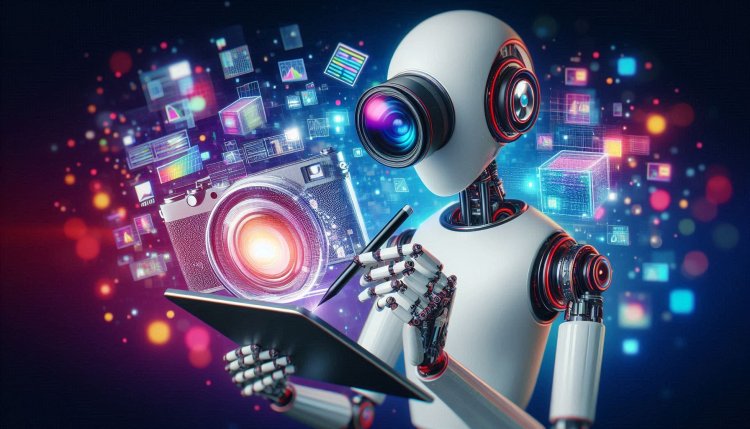AI communication: Conversational agents and language models
Discover how AI communication is transforming the way we interact with technology through conversational agents and language models.

Conversational agents and language models have revolutionized the way we interact with technology by enabling natural language conversations between humans and machines. These AI-powered systems are designed to understand and generate human language, allowing users to engage in dialogue with them as if they were talking to another person.
One of the key applications of conversational agents is in customer service, where they can assist users in resolving issues, answering questions, and providing information.
For example, chatbots on websites can help customers with product recommendations, troubleshooting, and order tracking. These conversational agents use natural language processing (NLP) to understand user queries and generate appropriate responses.
Language models are another type of AI technology that has gained popularity in recent years. These models are trained on vast amounts of text data to understand and generate human language. One of the most well-known language models is GPT-3 (Generative Pre-trained Transformer 3), developed by OpenAI. GPT-3 has 175 billion parameters, making it one of the largest language models in existence.
Language models like GPT-3 can be used for a wide range of applications, including text generation, language translation, summarization, and more. These models have the ability to generate human-like text and have been used to create content for various purposes, such as writing articles, generating code, and even composing music. Conversational agents and language models work hand in hand to enable more natural and engaging interactions between humans and machines. By combining the capabilities of both technologies, developers can create intelligent systems that can understand user queries, provide relevant information, and engage in meaningful conversations. In order to interact with conversational agents and language models, users can communicate with them through text-based interfaces, voice assistants, or chatbots embedded in websites and applications.
These systems use NLP algorithms to process user input, extract relevant information, and generate appropriate responses. One of the challenges in developing conversational agents and language models is ensuring that they are capable of understanding and generating human language accurately and effectively. This requires training the models on large and diverse datasets to improve their language comprehension and generation capabilities.
Another challenge is ensuring that these AI systems are ethical and unbiased in their interactions with users. Developers need to carefully consider the potential social implications of these technologies, such as privacy concerns, data security, and fairness in decision-making. Despite these challenges, conversational agents and language models have the potential to transform various industries, including customer service, healthcare, education, and more. These AI technologies can automate repetitive tasks, provide personalized recommendations, and enhance user experiences by enabling natural language interactions.
As conversational agents and language models continue to evolve, we can expect to see more advanced capabilities and applications in the future. For example, AI systems may become more context-aware, personalized, and adaptive to user preferences, leading to more intelligent and intuitive interactions. Overall, conversational agents and language models have the potential to revolutionize the way we interact with technology and make our interactions with machines more natural and human-like.
By leveraging the power of AI and NLP, developers can create intelligent systems that understand and generate human language, enabling more engaging and personalized user experiences.
What's Your Reaction?

















